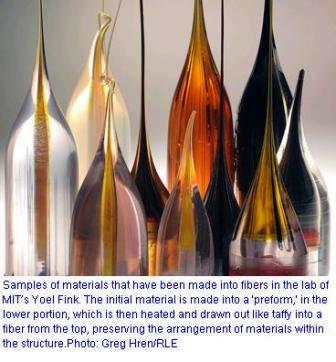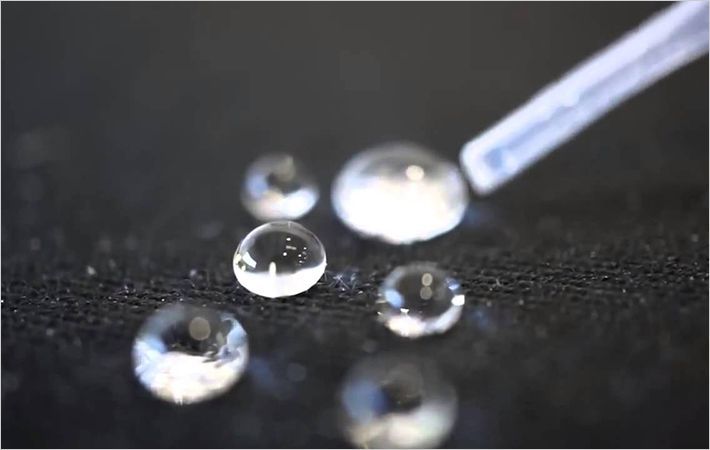Zinc selenide, the specific compound formed in this drawing process, is an important material for bothh its electronic and its optical properties, Orf says. Such fibers might have uses in new photonic circuits, which use light beams to perform functions similar to those carried out by flowing electrons in electronic circuits.
While this experiment produced 15 individual diode devices in the fiber, each separate from the others, Fink says that through continuing research, “We think you could probably do hundreds” and even interconnect them to form electronic circuits.Researchers at MIT have succeeded in making a fine thread that functions as a diode, a device at the heart of modern electronics. This feat — made possible by a new approach to a type of fiber #
Professor John Ballato, director of the Center for Optical Materials Science and Engineering Technologies at Clemson University, adds, “There has been growing international interest in semiconducting optical fibers over the past few years. Such fibers offer the potential to marry the optoelectronic benefits of semiconductors, [which] we know from the silicon photonics and integrated circuit worlds, with the light guidance and long path lengths of optical fibers.” The new MIT work is particularly significant, he says, because of “the utilization of the fiber as a micro solid-state chemical reactor to realize materials that are not generally amenable to direct fiber fabrication.”
Ballato, who was not involved in this research, adds that a similar technique has been used to produce reactions using gases, but that to the best of his knowledge, “this is the first … to extend this concept to the solid state, where indeed a more bountiful opportunity exists to achieve a wider range of materials.” The process is so flexible and has the potential to be used with such a range of materials, he says, that “it can be considered an important step to a 'fiber that does everything' — creates, propagates, senses and manipulates photons, electrons [and] phonons.”
The work was supported by the U.S. Army through the MIT Institute for Soldier Nanotechnologies and by the Materials Research Science and Engineering Center Program of the National Science Foundation.
Massachusetts Institute of Technology


